Gwangju Kimchi Festival (광주김치축제)
16.8Km 2025-07-09
111 Naebang-ro, Seo-gu, Gwangju
+82-62-613-3955
The Gwangju Kimchi Festival is Korea’s representative kimchi festival, offering a variety of kimchi products for purchase and the chance to taste various kimchi dishes. Highlights include the “Thousand People’s Table” featuring diverse kimchi cuisine, a competition to discover kimchi masters, and a kimchi experience school with a range of engaging programs.
Bangjangsan National Recreational Forest (국립 방장산자연휴양림)
16.8Km 2025-01-08
353, Bangjang-ro, Jangseong-gun, Jeollanam-do
+82-61-394-5523
Situated between Jeollanam-do and Jeollabuk-do, Bangjangsan National Recreational Forest is the highest rising peak along the ridge starting from the west of Naejangsan Mountain. The recreational park is located on the mid-slope of Bangjangsan Mountain. Many species of wild flowers and broad-leaved trees are distributed all over Bangjangsan Recreational Forest where an exciting paragliding contest takes place annually. This is a great place to unpack and take a break for one or two days as it has accommodation facilities, promenades and trekking courses as well as a small area for splashing in the water. It takes approximately three hours to the mountain's summit from the recreational forest. In addition, there is a trekking path that leads to the Seokjeong Hot Springs on the way down the mountain.
Songhak Hanjeongsik (송학한정식)
16.9Km 2019-06-12
101, Sangmujungang-ro, Seo-gu, Gwangju
+82-62-385-3333
Songhak Hanjeongsik is a Korean restaurant with a history of over 20 years. The spacious interior makes it a perfect venue for hosting large events. Moreover, the restaurant was recognized for "The Most Delicious Food" by the Gwangju Metroplitan City for two consecutive years.
H1 Hotel (에이치원호텔)
16.9Km 2024-11-20
10-6 Daeja-ro 106beon-gil, Buk-gu, Gwangju
H1 Hotel Gwangju is a business hotel that provides the comfort of a hotel with the cozy feeling of home. Offering a variety of room options to suit the diverse preferences of the guests, the hotel features a unique interior, neat and convenient facilities, affordable prices, and exceptional services. Guests can also enjoy various cultural activities or unwind at the rooftop swimming pool.
Olive Young - Gwangju Catholic Peace Broadcasting Branch [Tax Refund Shop] (올리브영 광주평화방송)
16.9Km 2024-04-18
75, Sangmusimin-ro, Seo-gu, Gwangju
-
Bujji (부찌)
16.9Km 2024-04-07
15, Seongsan 2-gil, Gochang-gun, Jeonbuk-do
+82-63-563-3626
This is a place where you can taste duck meat and the representative dish budaejjigae (spicy sausage stew). This Korean dishes restaurant is located in Gochang-gun, Jeollabuk-do. The most famous menu is sausage stew.
Damyang Songgangjeong Pavilion (담양 송강정)
17.0Km 2021-05-14
232, Songgangjeong-ro, Damyang-gun, Jeollanam-do
+82-61-380-2811
Songgangjeong pavilion is located in Wongang-ri, Damyang-gun, Jeollanam-do. It was registered as Jeollanam-do Provincial Monument No. 1 on January 29, 1972.
Joseon dynasty poet Jeong Cheol (pen name, Songgang) composed his famed poem “Samiingok” from this pavilion. Next to it presently stands the Samingok memorial stone. The two structures at this site, Hwanbyeonkdang and Sigyeongjeong, are collectively referred to as
the “Relics of Jeong Songgang.”
May 18th National Cemetery (5·18 기념공원)
17.0Km 2024-02-29
152 Naebang-ro, Seo-gu, Gwangju
+82-62-376-5197
May 18th National Cemetery is a park established to commemorate the democratization movement that took place in Gwangju in May 18th, 1980. The park features facilities such as the May 18th Memorial Culture Center, Daedong Plaza, Gwangju Student Movement Memorial Tower, memorial spaces, and the Oweol Pavilion. It serves as a meaningful space for reflecting on the history of Korean democracy and honoring the sacrificial spirit of the martyrs who lost their lives during the democratization movement.
Olive Young - Gwangju 518 Park Branch [Tax Refund Shop] (올리브영 광주518공원)
17.1Km 2024-04-18
90, Sangmuminju-ro, Seo-gu, Gwangju
-
Hotel Central (센트럴관광호텔)
17.2Km 2025-01-07
68, Sangmuyeonha-ro, Seo-gu, Gwangju
+82-62-383-7575
Hotel Central is an affordable tourist hotel located in the city center of Gwangju. The hotel aims to meet every need of today's modern travelers, from high-speed internet to safety and comfort.
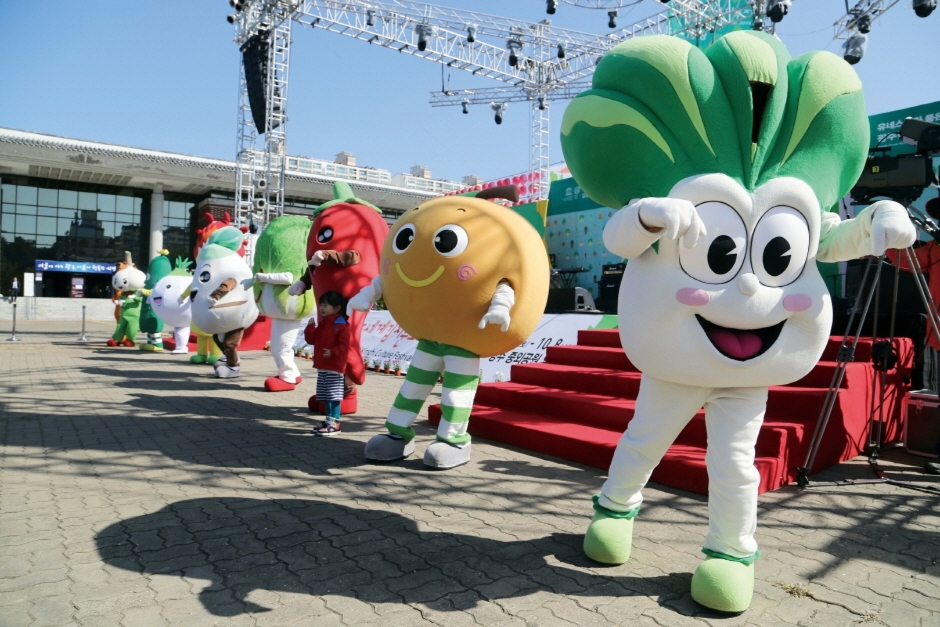
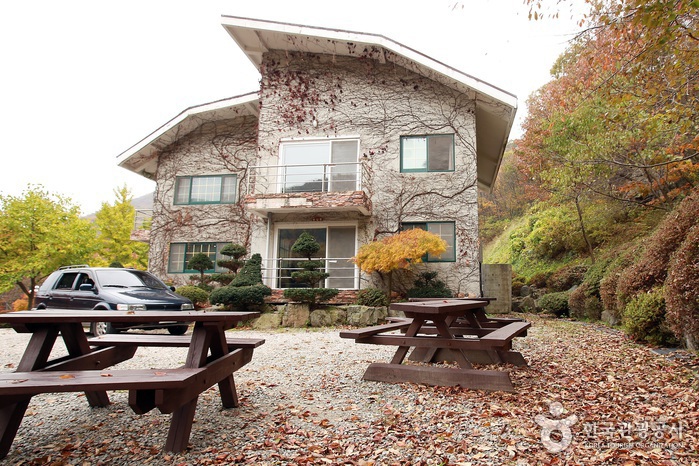

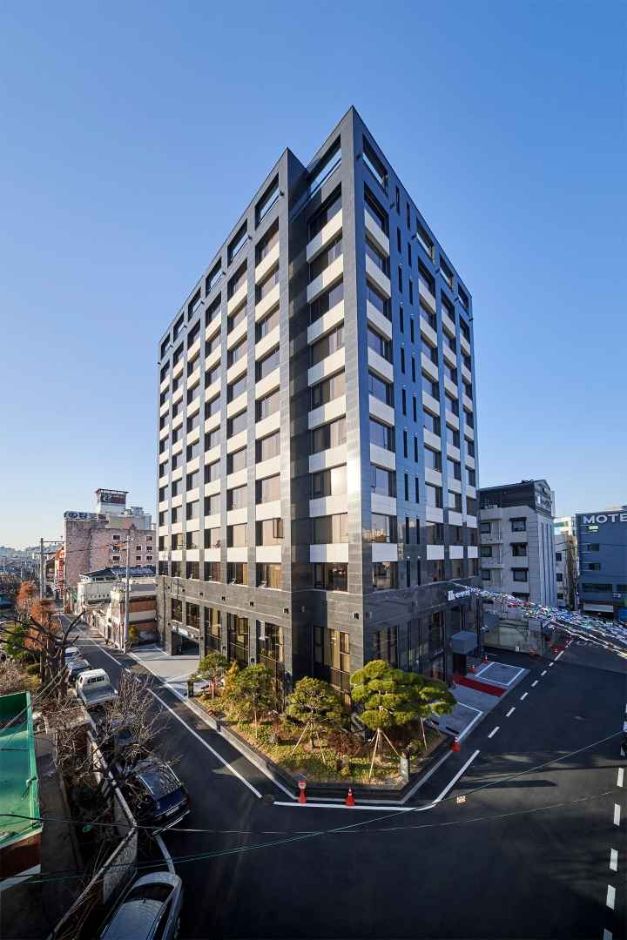
![Olive Young - Gwangju Catholic Peace Broadcasting Branch [Tax Refund Shop] (올리브영 광주평화방송)](http://tong.visitkorea.or.kr/cms/resource/21/2886921_image2_1.jpg)
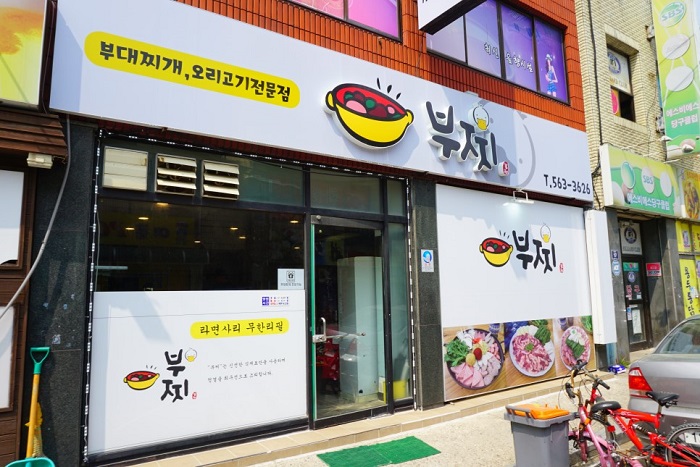
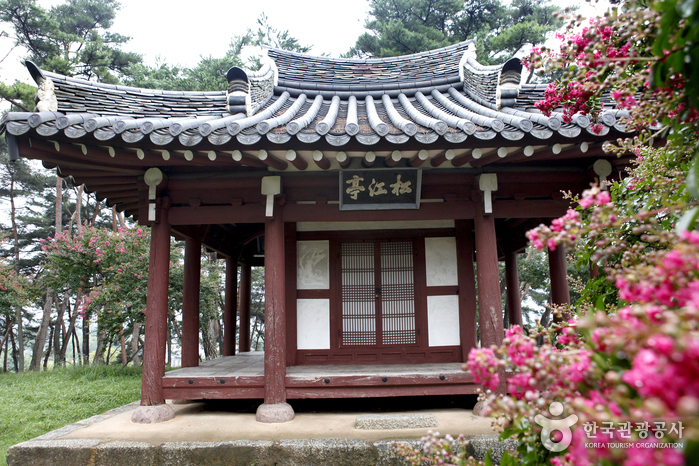
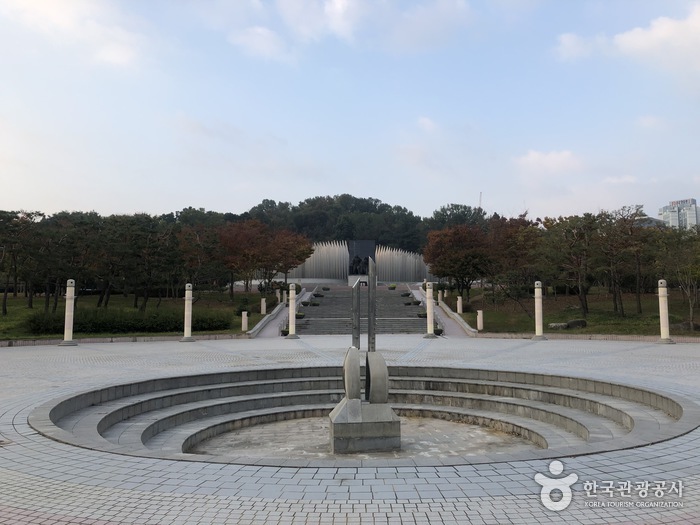
![Olive Young - Gwangju 518 Park Branch [Tax Refund Shop] (올리브영 광주518공원)](http://tong.visitkorea.or.kr/cms/resource/24/2886924_image2_1.jpg)
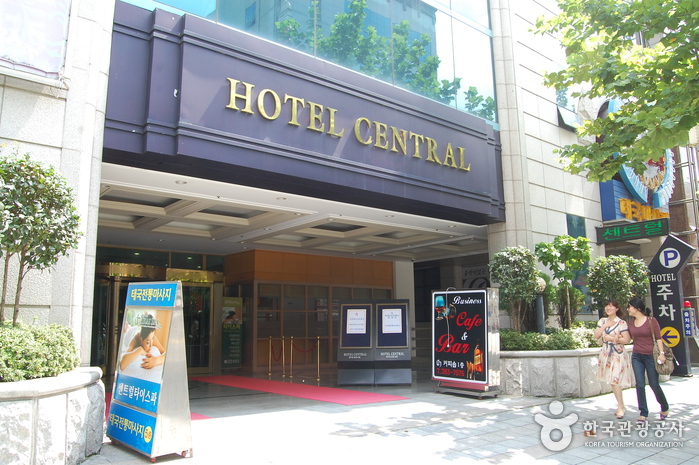
 English
English
 한국어
한국어 日本語
日本語 中文(简体)
中文(简体) Deutsch
Deutsch Français
Français Español
Español Русский
Русский